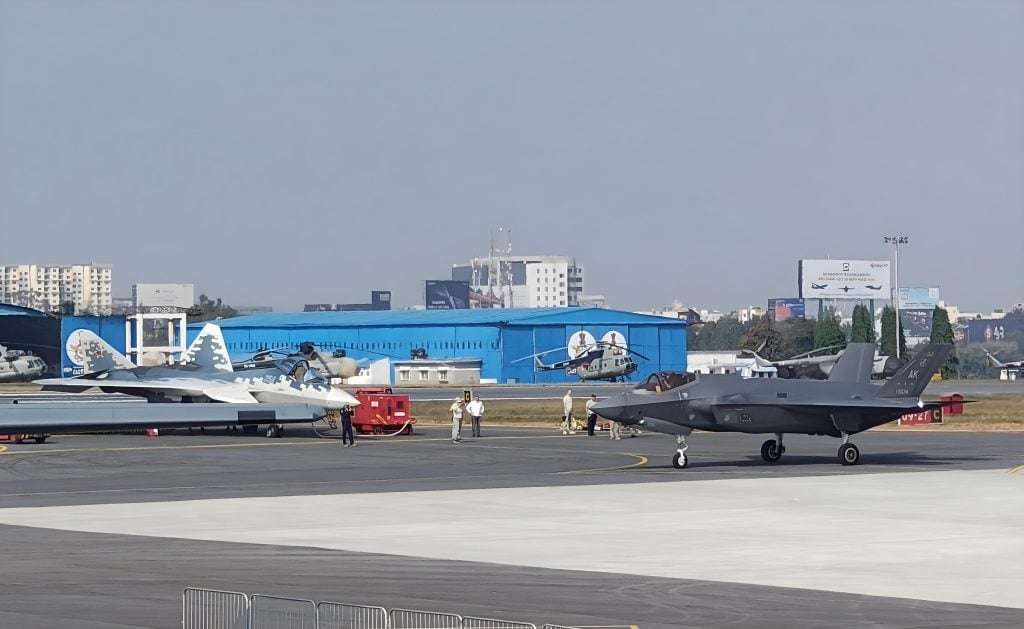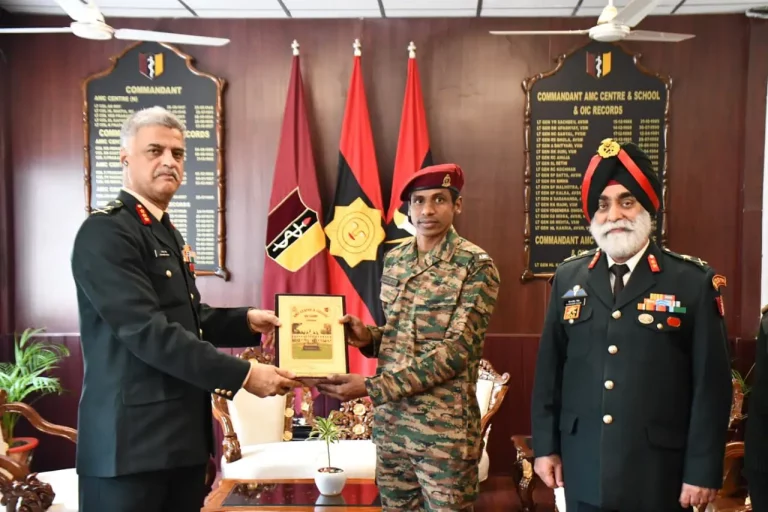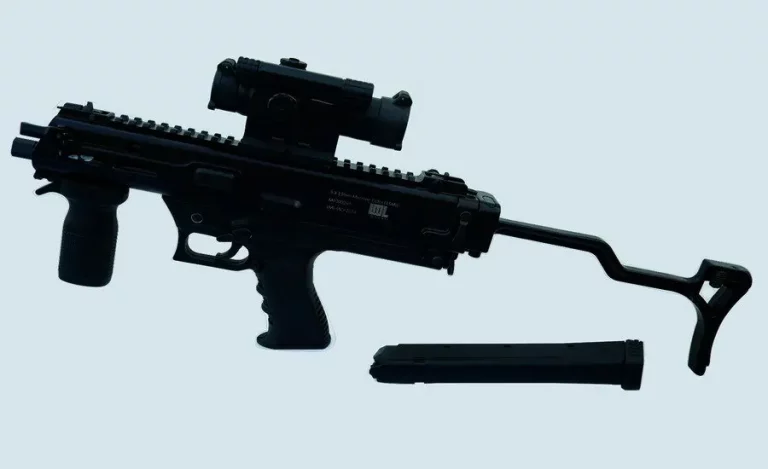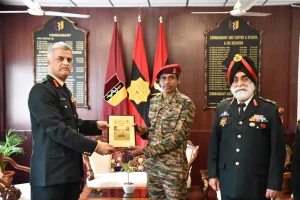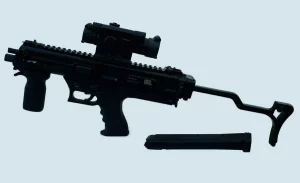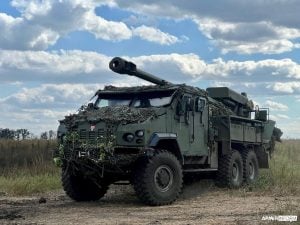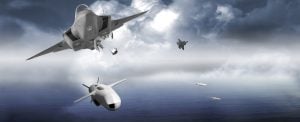A landmark moment in the aviation sector took place recently at Aero India 2025, where the Russian Sukhoi Su-57 and the American Lockheed Martin F-35 were spotted in close proximity. This notable event has sparked significant interest among defense experts and military analysts, emphasizing the ongoing rivalry between the two nations and their advanced military technologies.
Aero India, which is held biennially in Bengaluru, India, is recognized as the largest aviation and defense exhibition in Asia. The 15th edition of this prominent event is scheduled for February 10 to 14, 2025, at the Yelahanka Air Base, providing a crucial platform for manufacturers and defense contractors to showcase their latest innovations. The presence of both state-of-the-art fighter jets at Aero India signals the strategic importance of India within the global defense landscape.
The simultaneous display of the Su-57 and F-35 goes beyond a mere showcase; it symbolizes the intense competition in military aviation. Designed to perform similar roles with an emphasis on stealth, advanced avionics, and enhanced maneuverability, the juxtaposition of these two aircraft highlights not only their technological advancements but also the geopolitical dynamics that influence defense procurement decisions in countries such as India.
The Sukhoi Su-57, developed by the United Aircraft Corporation, represents Russia’s answer to modern aerial warfare demands. This multi-role stealth fighter is tailored for both air superiority and ground attack missions, boasting features such as:
- Stealth Technology: The Su-57’s design reduces its radar cross-section, effectively evading enemy detection.
- Super Maneuverability: Its thrust-vectoring engines enable complex aerial maneuvers, enhancing its performance in dogfights.
- Advanced Avionics: Equipped with cutting-edge radar and sensor systems, the aircraft offers significant situational awareness and target acquisition capabilities.
Russia aims to rejuvenate its defense ties with India by showcasing the Su-57, especially following India’s withdrawal from a collaborative development program in 2018. This exhibition serves to promote Russia’s technological advancements while positioning the Su-57 as a viable candidate for India’s air force modernization initiatives.
In contrast, the Lockheed Martin F-35 epitomizes U.S. military aviation technology. Known for its versatility and advanced capabilities, it features:
- Sensor Fusion: Integrating data from various sensors, the F-35 equips pilots with a comprehensive battlefield view.
- Network-Centric Warfare: Designed for interoperability, it can effectively operate within joint task forces, enhancing overall mission efficiency.
- Advanced Stealth: Utilizing stealth technology, the F-35 remains difficult for adversaries to detect and engage.
Lockheed Martin’s presence at Aero India 2025, despite canceled demonstration flights, underscores the United States’ commitment to fortifying its defense relationship with India. The F-35 is not merely an aircraft for sale; it signifies a broader strategy aimed at fostering military cooperation, technology sharing, and co-development initiatives.
The appearance of both the Su-57 and F-35 reflects broader trends within global defense procurement. Countries like India are increasingly seeking to modernize their air forces, leading to a competitive landscape where Russia and the U.S. vie for influence and market share.
Various factors shape India’s defense procurement decisions, including:
- Geopolitical Considerations: The regional security environment, significantly influenced by the increasing power of China, plays a crucial role in India’s defense strategy.
- Technological Advancements: As India strives to enhance its indigenous capabilities, the technological advantages provided by foreign aircraft become a vital consideration.
- Strategic Partnerships: India’s historical military ties with Russia, juxtaposed with emerging relationships with the U.S., create a complex web of influences on procurement decisions.
As India evaluates its defense options, both the Su-57 and F-35 present intriguing propositions. While the Su-57 offers advanced capabilities that resonate with India’s objectives for indigenous development, the F-35 represents a pinnacle of U.S. technology and strategic partnership.
Despite the allure of foreign fighter jets, India is also focused on domestic solutions. The Advanced Medium Combat Aircraft (AMCA) project encapsulates India’s ambition to develop a homegrown fifth-generation multirole combat aircraft aimed at enhancing local design and manufacturing capabilities as well as stimulating job creation in the high-tech sector.
The interplay between the Su-57 and F-35 at Aero India 2025 highlights a shifting geopolitical landscape. As nations such as India strategize their defense procurement, the rivalry between these two fighter jets will continue to impact the future of aerial combat. Both Russia and the U.S. are eager to establish strategic partnerships with India, offering technology transfers and collaboration opportunities that not only strengthen India’s defense capabilities but also reinforce ties with these global powers.
The sight of the Su-57 and F-35 just 80 feet apart at the exhibition serves as a powerful reminder of the ongoing rivalry in military aviation. As both countries compete to assert their influence in the global defense market, the implications for India’s air force modernization efforts remain profound. The choice between these formidable aircraft will significantly shape India’s defense strategy in the years to come, underscoring the importance of international cooperation within this evolving context.
